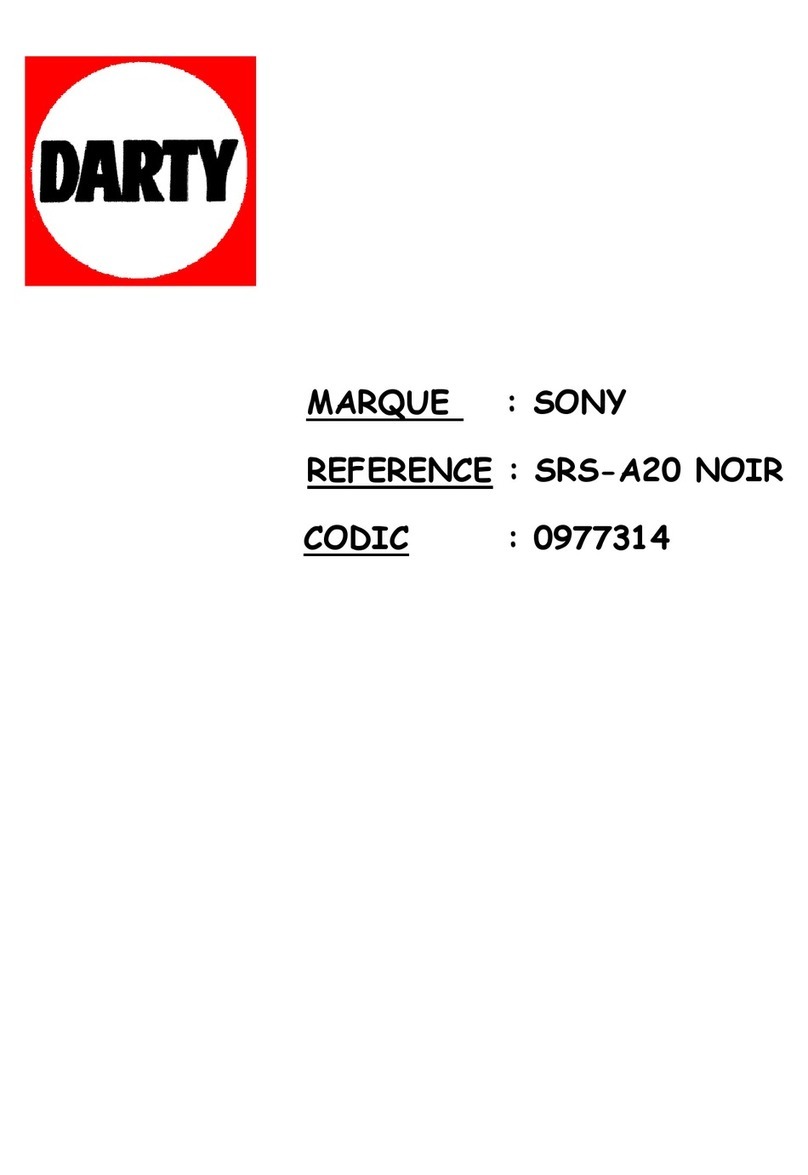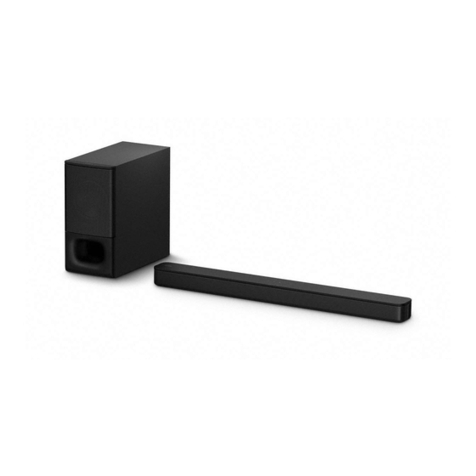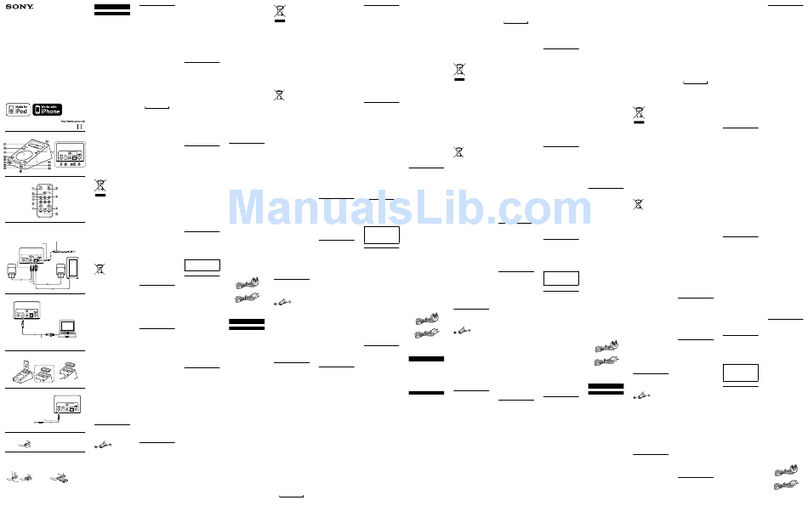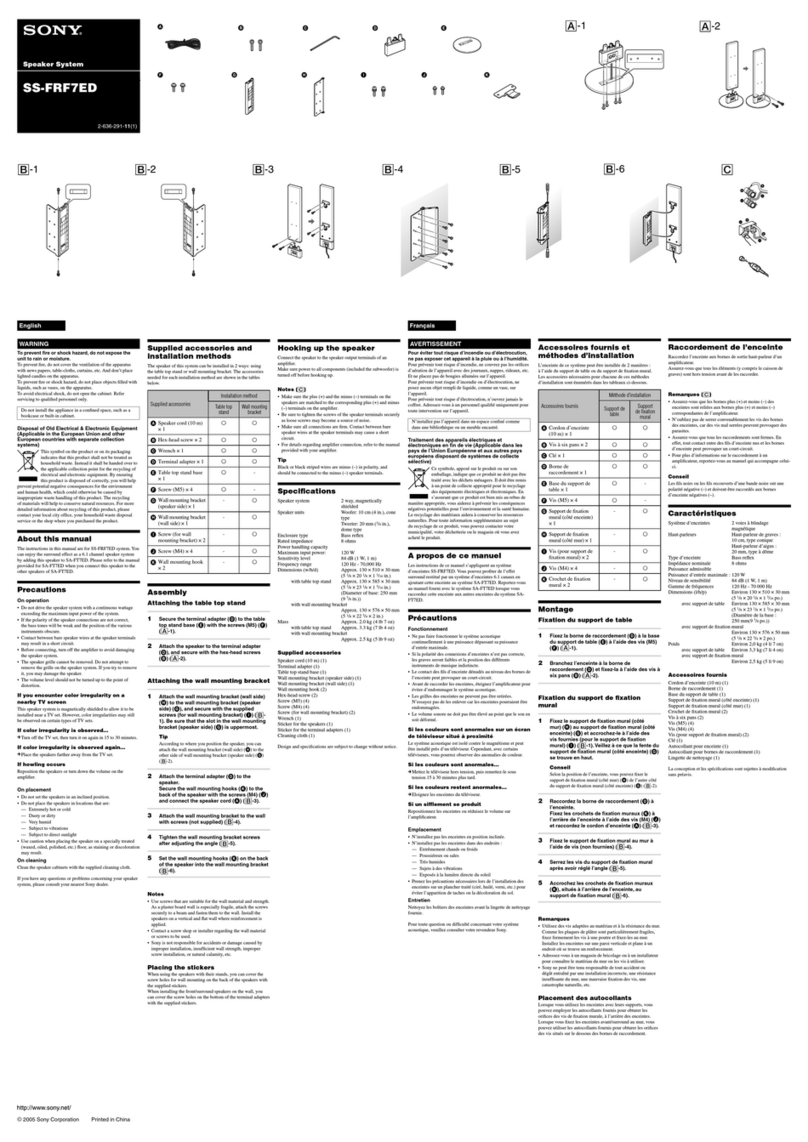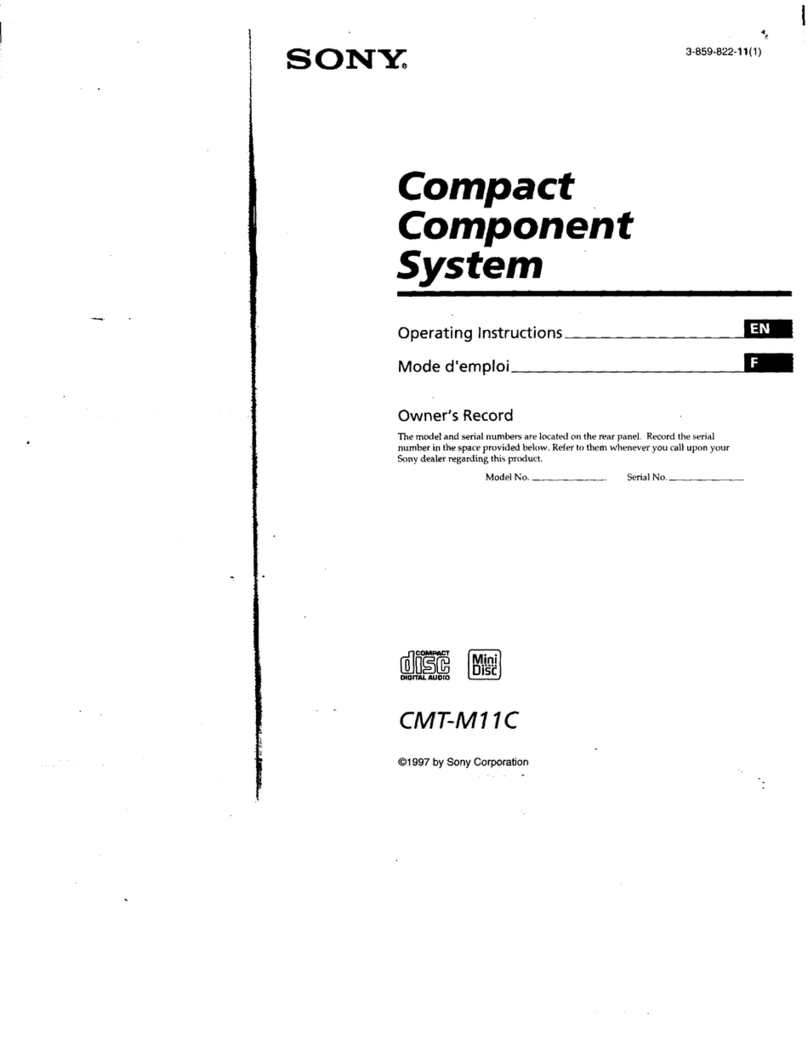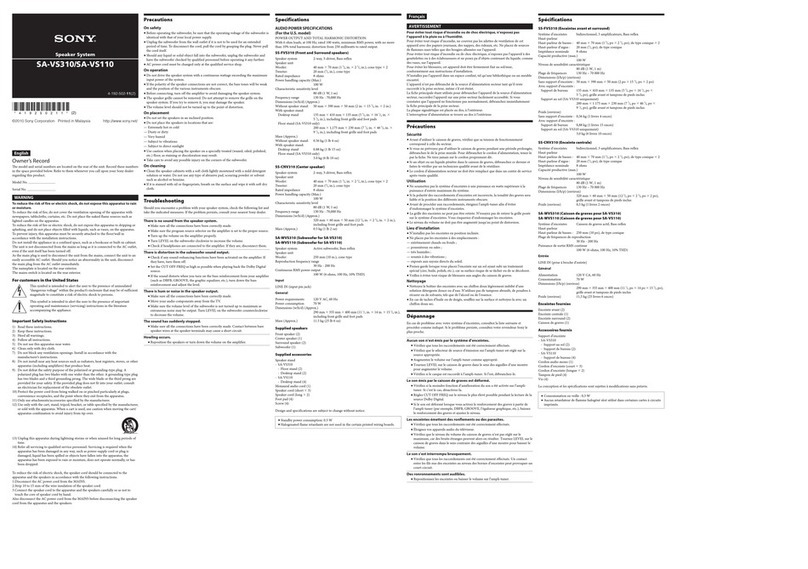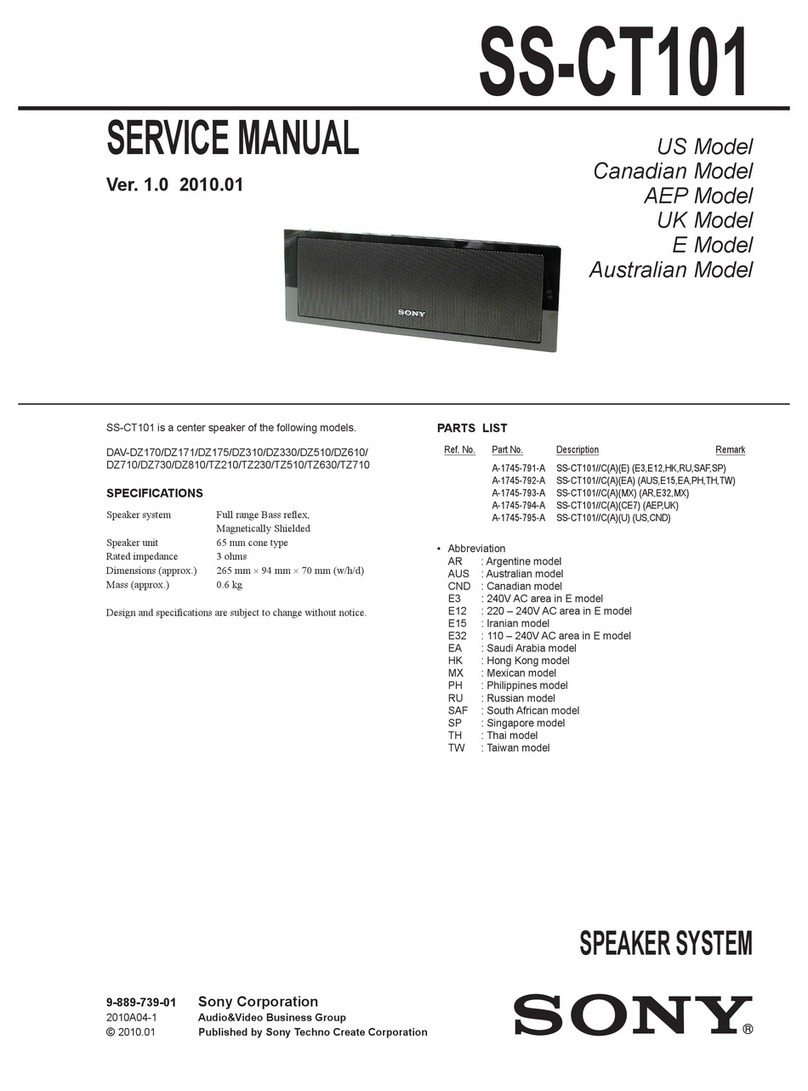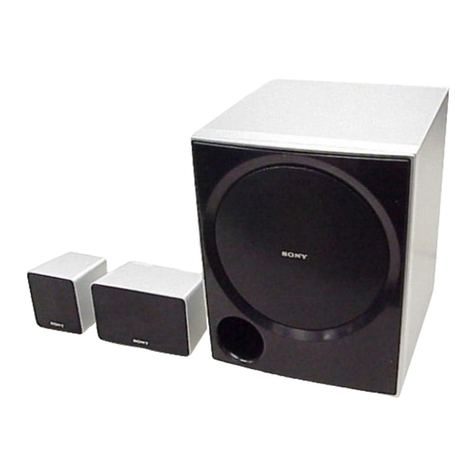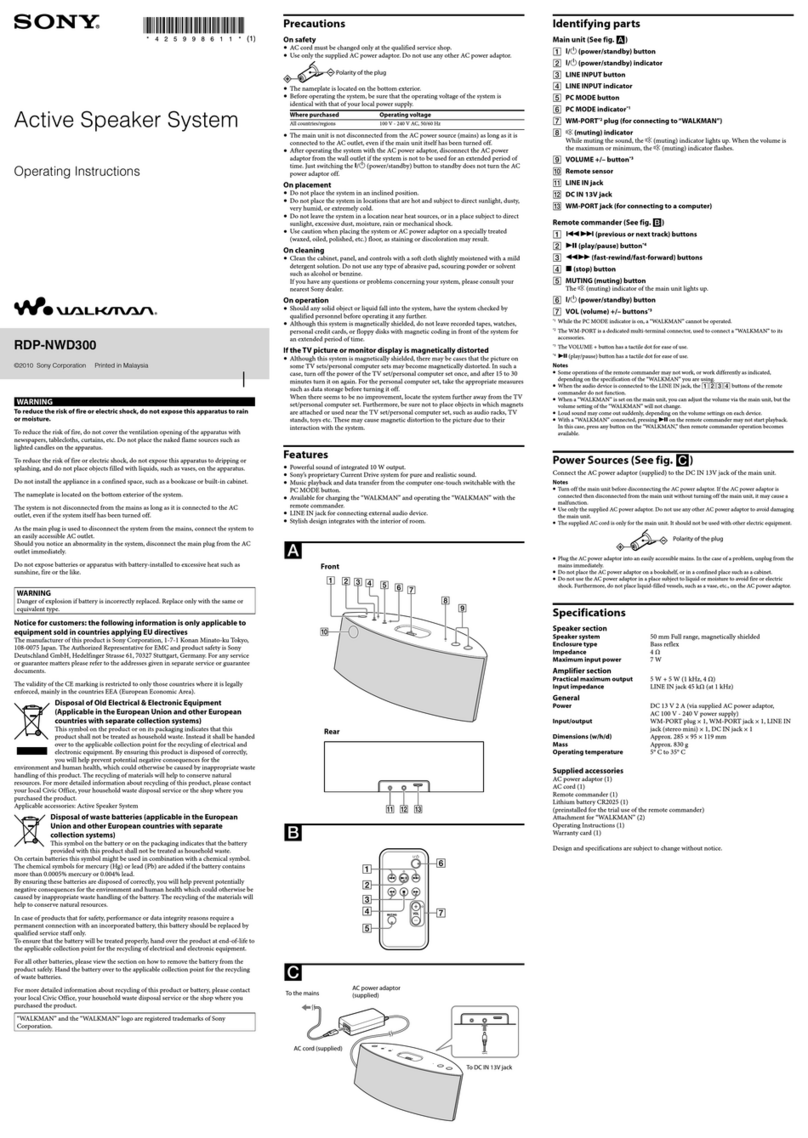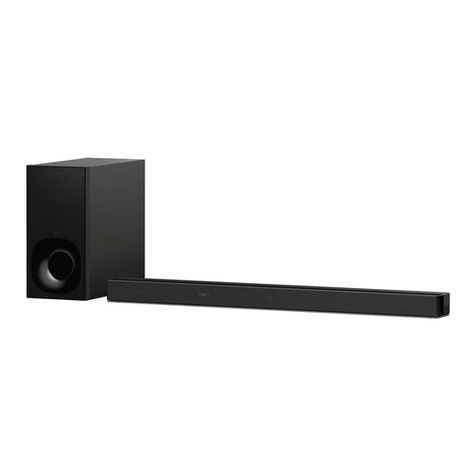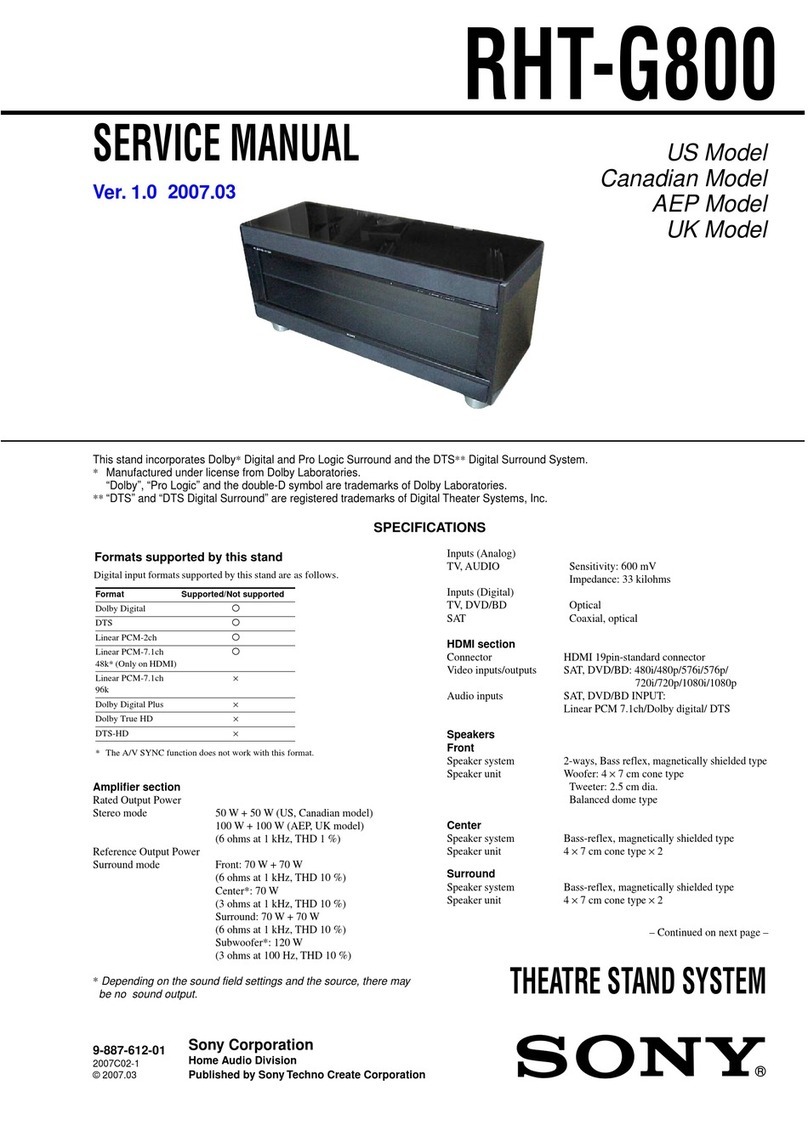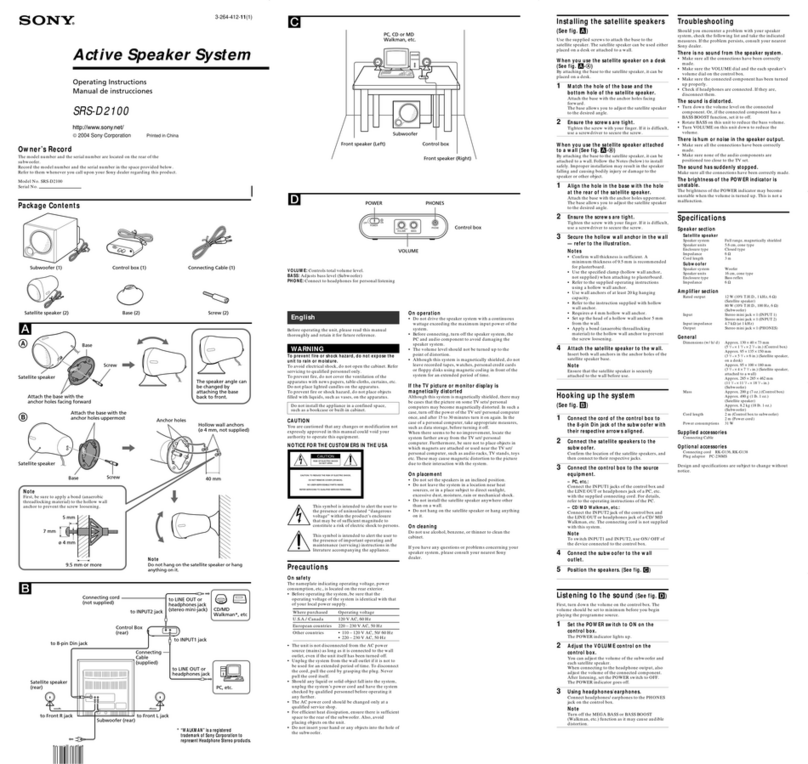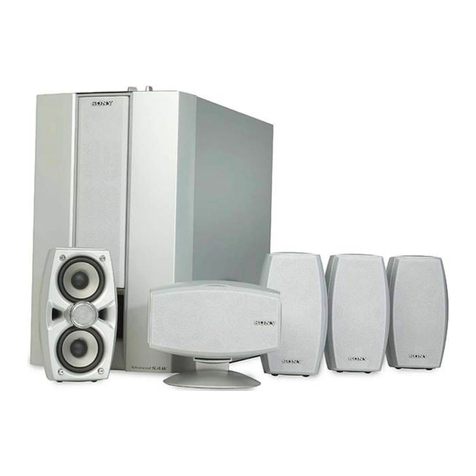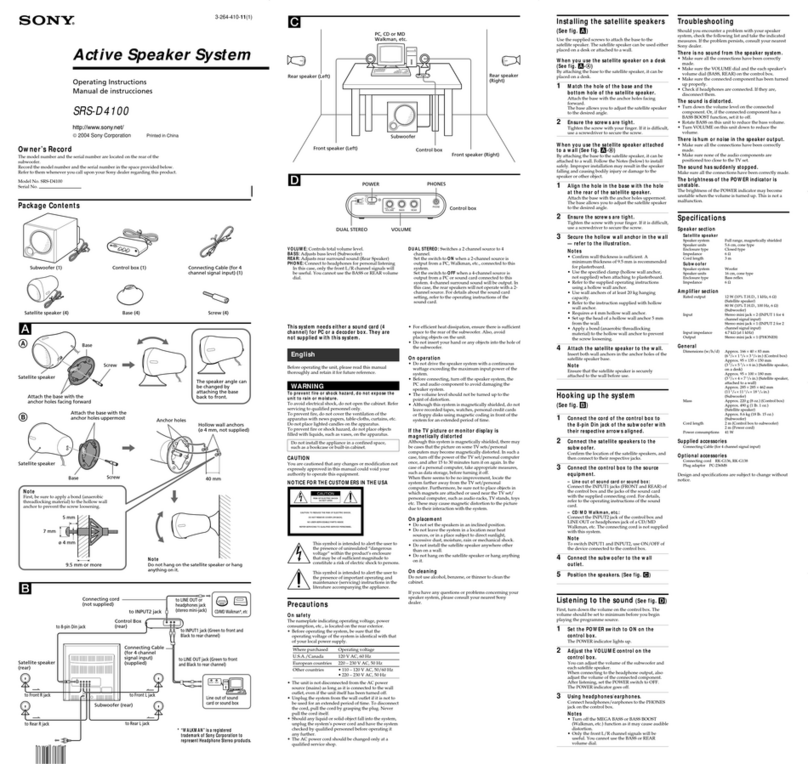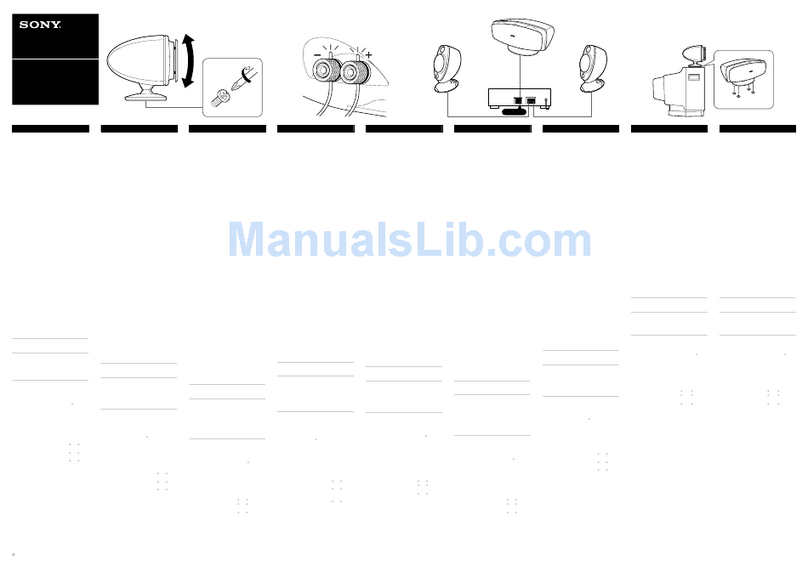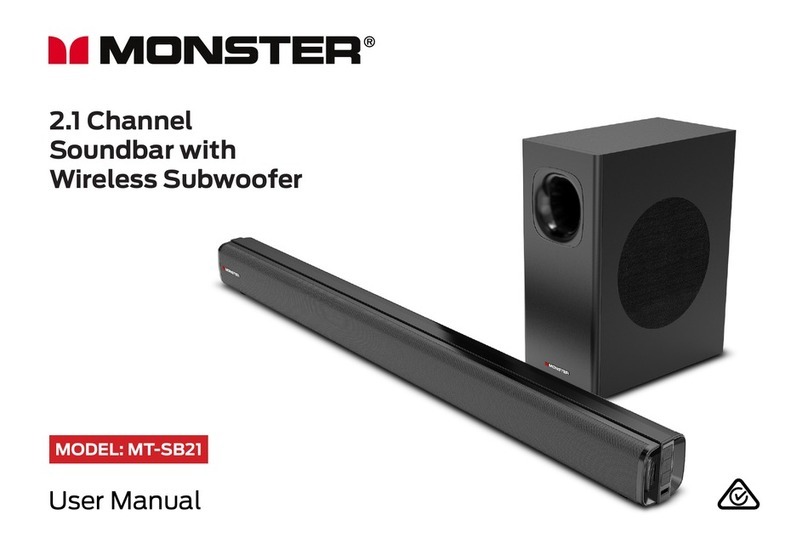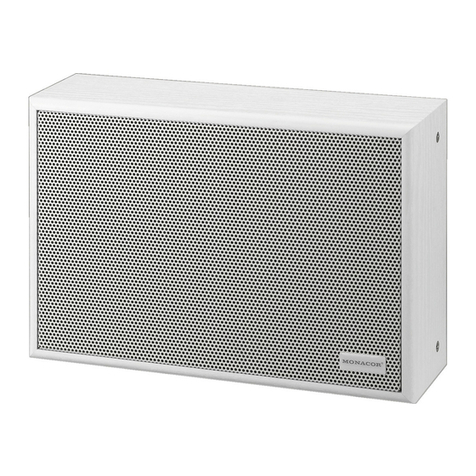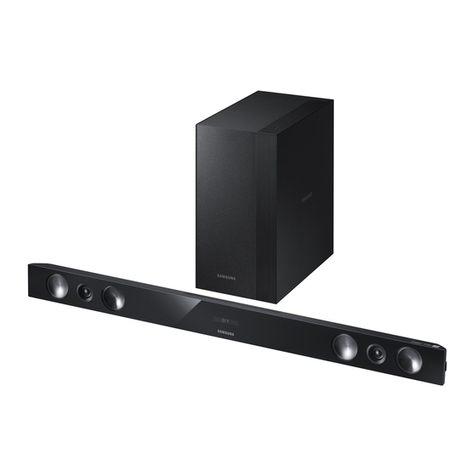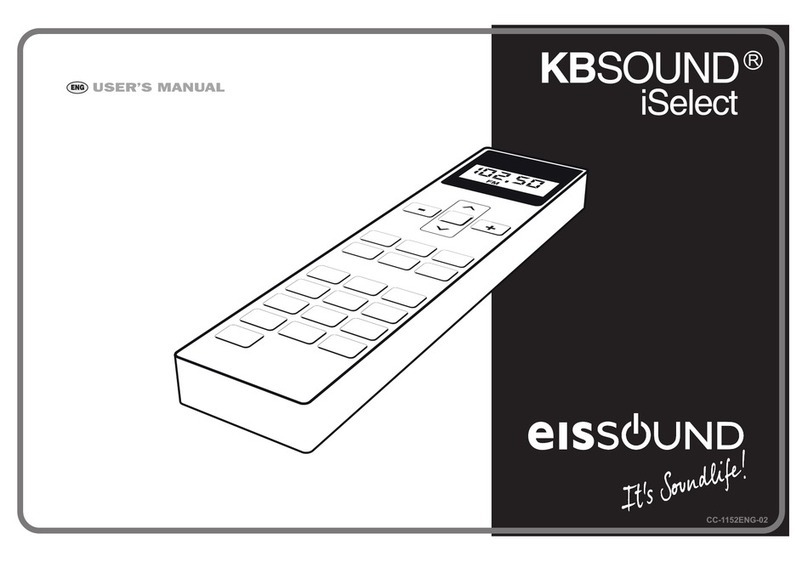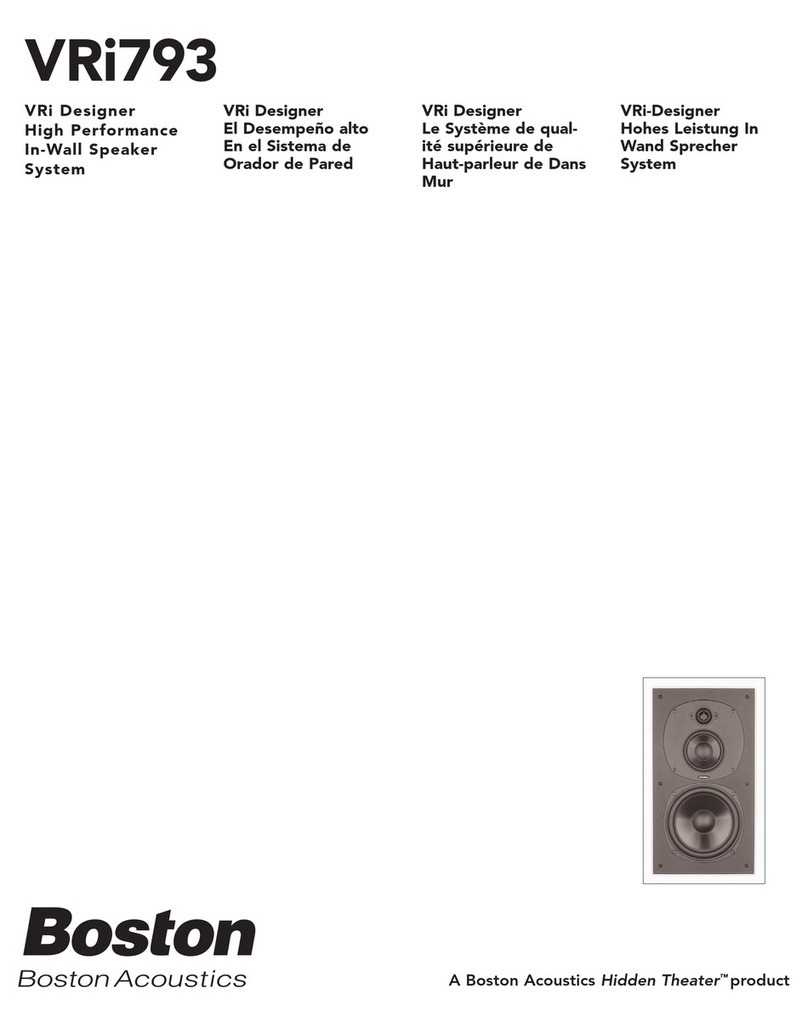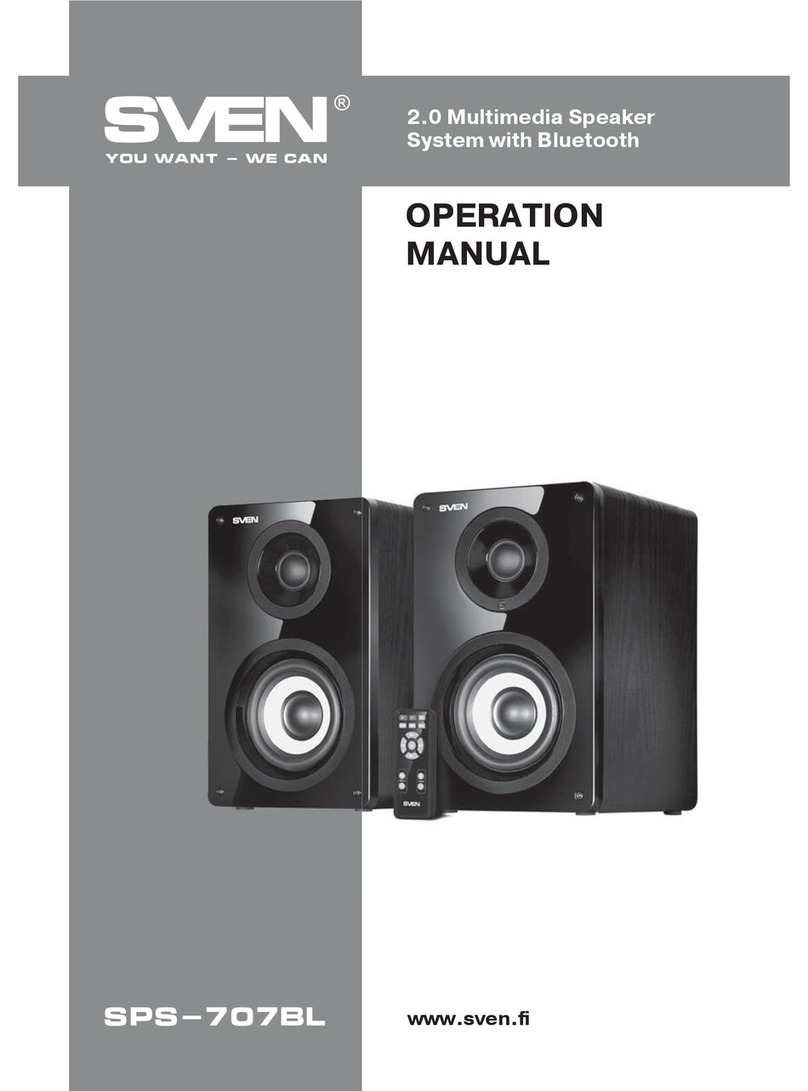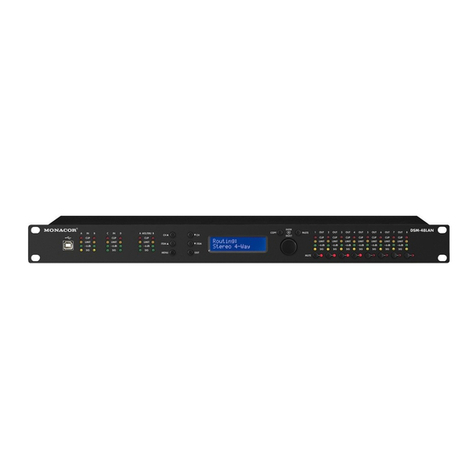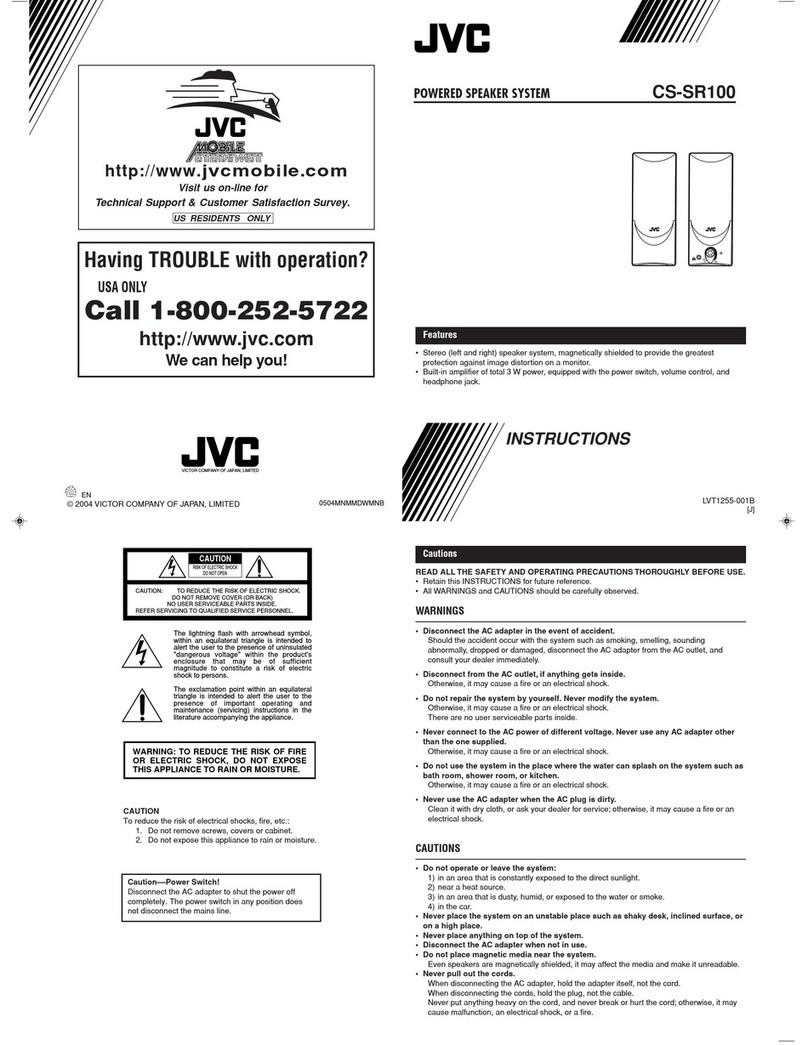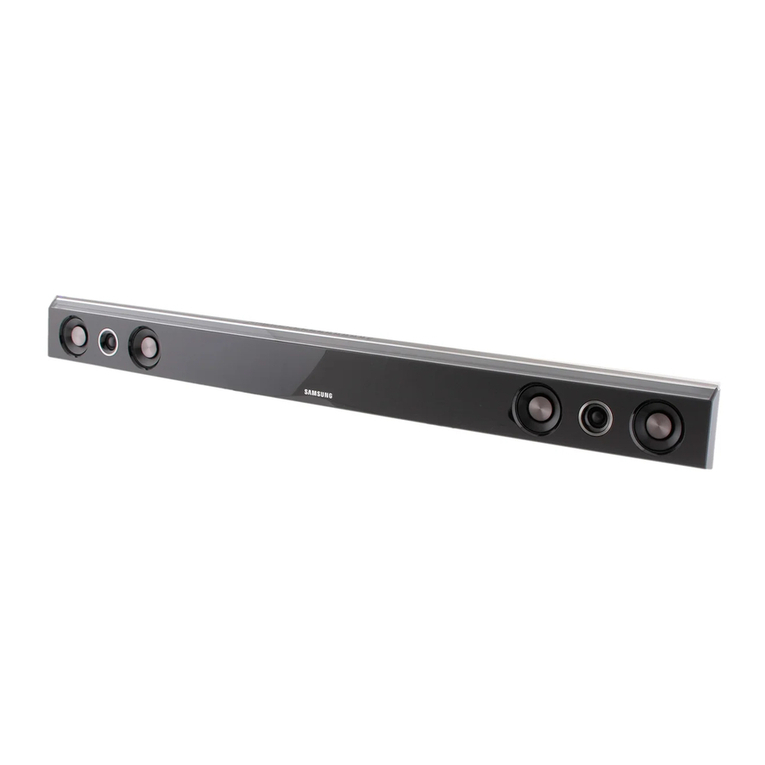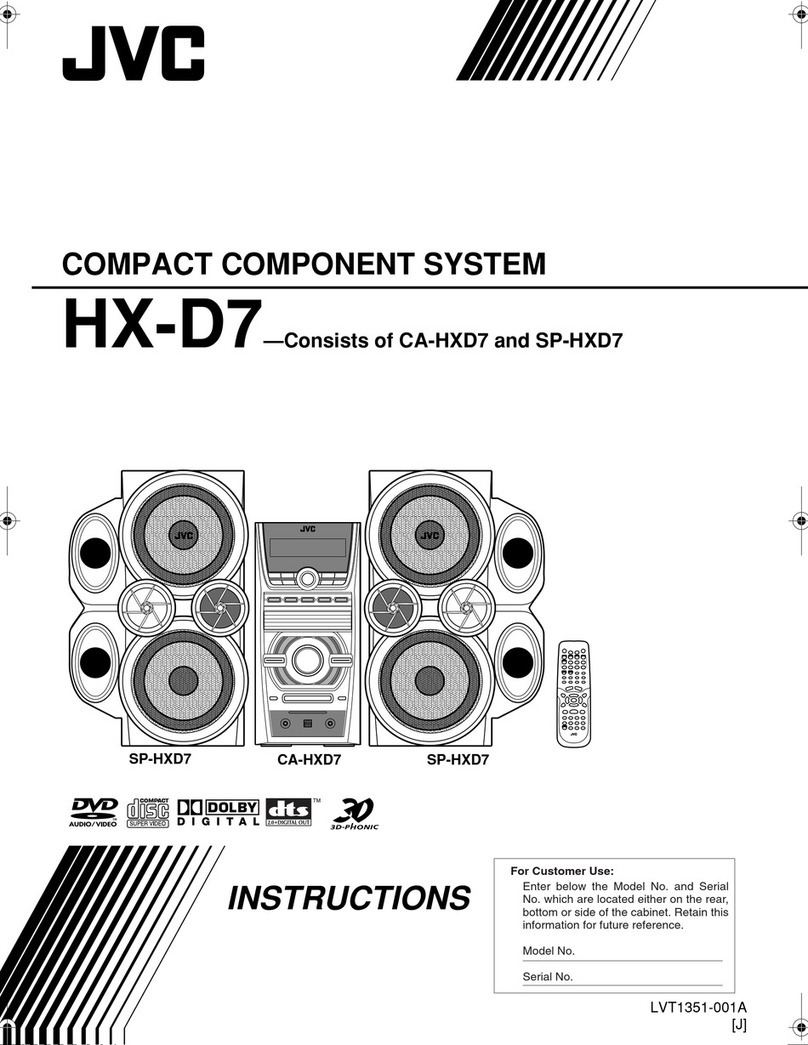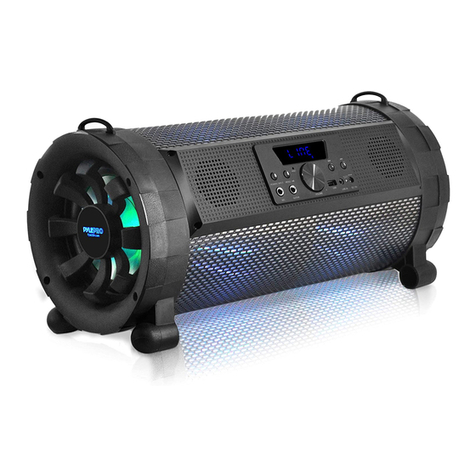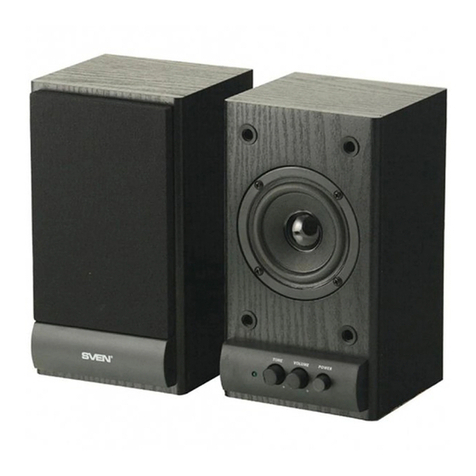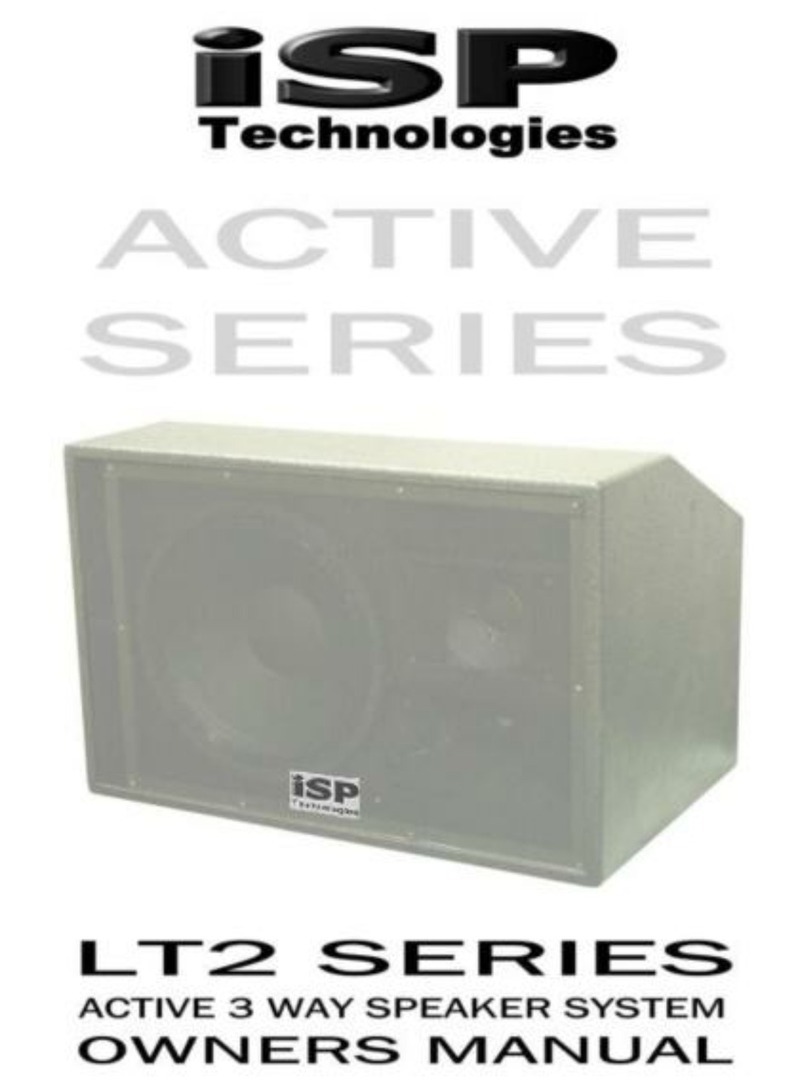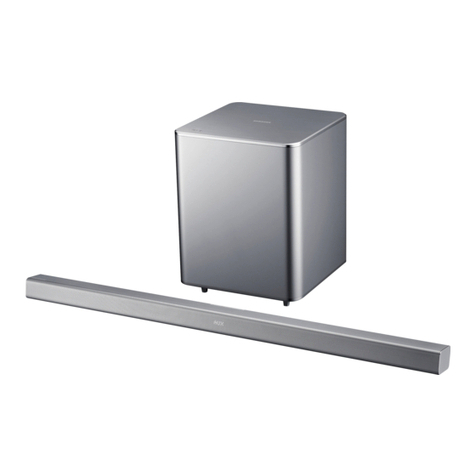– 2 –
SAFETY-RELATED COMPONENT WARNING!!
COMPONENTS IDENTIFIED BY MARK !OR DOTTED LINE
WITH MARK !ON THE SCHEMATIC DIAGRAMS AND IN
THE PARTS LIST ARE CRITICAL TO SAFE OPERATION.
REPLACE THESE COMPONENTS WITH SONY PARTS WHOSE
PART NUMBERS APPEAR AS SHOWN IN THIS MANUAL OR
IN SUPPLEMENTS PUBLISHED BY SONY.
Power consumption
AC 35 W
Dimensions (incl. projecting parts)
Player: approx. 130 ×211 ×200 mm (w/h/d)
(5 1/8 ×8 3/8 ×7 7/8 inches)
Left speaker: approx. 130 ×210 ×235 mm
(w/h/d) (5 1/8 ×8 3/8 ×9 3/8 inches)
Right speaker: approx. 130 ×211 ×200 mm
(w/h/d) (5 1/8 ×8 3/8 ×7 7/8 inches)
MassPlayer: approx. 1.7 kg (3 lb. 12 oz.)
Left speaker: approx. 3.2 kg (7 lb. 1 oz.)
Right speaker: approx. 1.6 kg (3 lb. 9 oz.)
Supplied accessories
Remote commander (RMT-C305AD) (1)
FM lead aerial (1)
MW/LW loop aerial (1)
Audio connecting cord (1)
Design and specifications are subject to change without
notice.
TABLE OF CONTENTS
1. SERVICING NOTES......................................................... 3
2. GENERAL
2-1. Location of Controls ........................................................... 4
3. DISASSEMBLY
3-1. Cabinet (Rear) ..................................................................... 5
3-2. Case (Lower) Section ..........................................................6
3-3. Tape Mechanism Deck Section ...........................................6
3-4. Cabinet (CD) Section .......................................................... 7
3-5. CD, Control Board .............................................................. 7
3-6. Optical Pick-up Section ...................................................... 8
3-7. Rear Chassis (Speaker) Section .......................................... 8
3-8. Amplifier, Terminal, Jack Board ......................................... 9
3-9. Power Board ........................................................................ 9
4. MECHANICAL ADJUSTMENTS............................... 10
5. ELECTRICAL ADJUSTMENTS
Tape Section .......................................................................... 10
Tuner Section......................................................................... 12
CD Section ............................................................................ 14
6. DIAGRAMS
6-1. Block Diagram –Tuner Section– ....................................... 18
6-2. Block Diagram –CD Section–........................................... 20
6-3. Block Diagram –Tape Section– ........................................ 21
6-4. IC Pin Description............................................................. 23
6-5. Circuit Boards Location .................................................... 25
6-6. Printed Wiring Board –Tuner Section– ............................. 27
6-7. Schematic Diagram –Tuner Section–................................ 29
6-8. Printed Wiring Boards –CD Section– ............................... 32
6-9. Schematic Diagram –CD Section–.................................... 35
6-10. Printed Wiring Boards –Main Section– ............................ 38
6-11. Schematic Diagram –Main Section–................................. 41
6-12. Printed Wiring Boards –Control Section–......................... 44
6-13. Schematic Diagram –Control Section– ............................. 47
6-14. Printed Wiring Boards –Power Amplifier Section– .......... 50
6-15. Schematic Diagram –PowerAmplifier Section– .............. 53
7. EXPLODEDVIEWS
7-1. Case Section ...................................................................... 58
7-2. Cabinet (Front) Section ..................................................... 59
7-3. Cabinet (CD) Section ........................................................ 60
7-4. Optical Pick-up Section .................................................... 61
7-5. Tape Mechanism Deck Section-1...................................... 62
7-6. Tape Mechanism Deck Section-2...................................... 63
7-7. Speaker (L) Section........................................................... 64
7-8. Speaker (R) Section........................................................... 65
8. ELECTRICAL PARTS LIST......................................... 66
